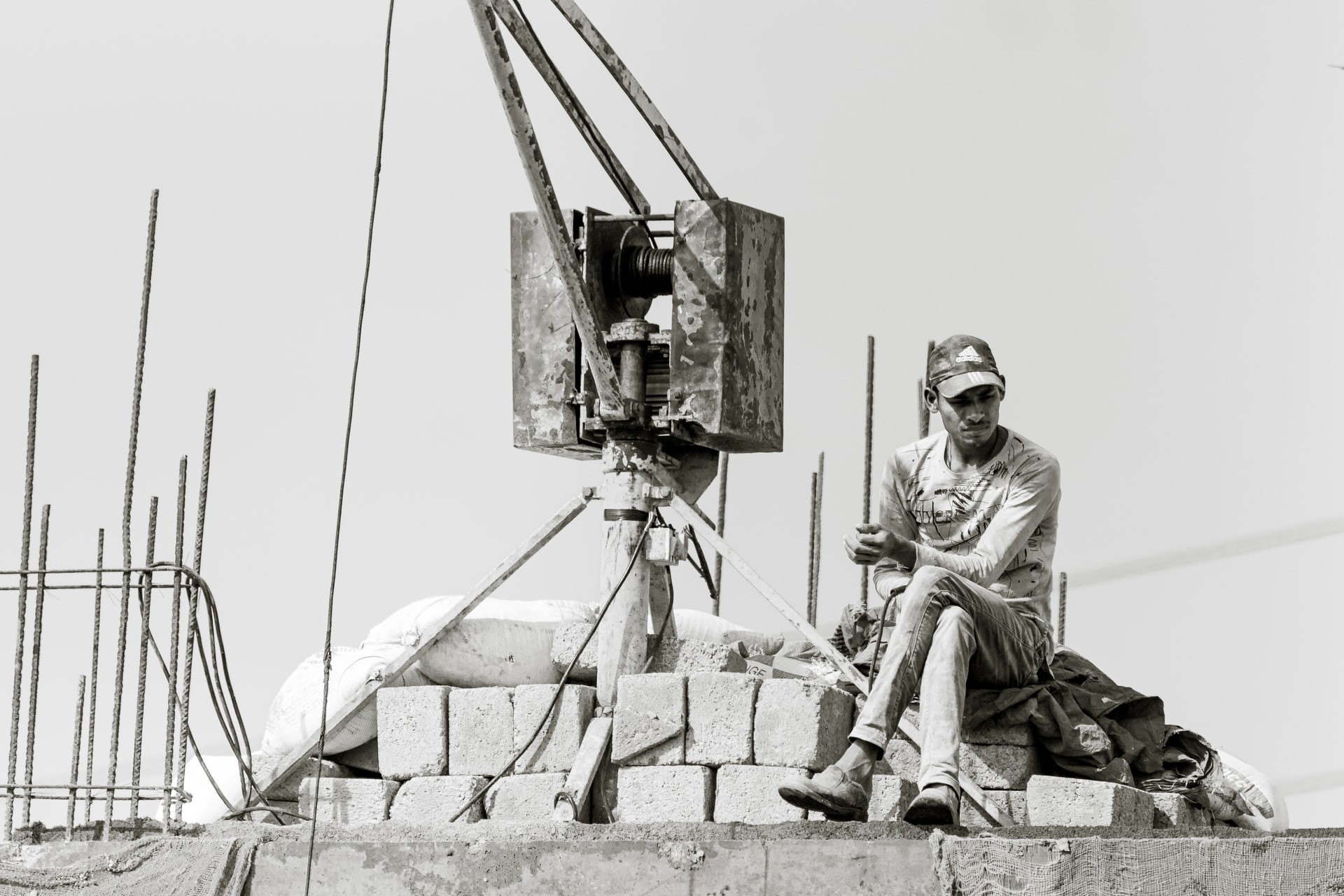South Asian intelligence services play a prominent role in providing domestic and foreign security for their nations. Yet, the subject has received little scholarly attention compared to western intelligence services. Ryan Shaffer (Independent Researcher) explains why there is so little focus, and why in the case of India a lack of transparency fuels conspiracy theories.
Little is known about South Asia’s intelligence services, despite the important role they play on a daily basis. There are several reasons for this lack of knowledge, especially in the case of Pakistan and India, as the two rivals tend not to declassify their intelligence records. Stringent laws also dissuade former intelligence officers from speaking about their experiences.
In India’s case, the country’s external intelligence service, the Research and Analysis Wing (R&AW), has never had a single document declassified in its fifty years of existence, and some who have spoken out have been threatened with legal action, such as V.K. Singh, a former R&AW intelligence officer, who had his home raided in 2007 and the agency accused him of the ‘wrong communication of information.’
This trend of secrecy, however, has started to change. In 2018, a former head of Pakistan’s Inter-Service-Intelligence, Asad Durrani, and a former head of India’s R&AW, A.S Dulat, jointly published The Spy Chronicles, which includes transcripts of their discussions about intelligence, geopolitics and potential pathways forward for the two countries. Earlier this year, Durrani lost his pension after he was found guilty by the Pakistan Army for ‘violating military code of conduct by co-authoring’ the book. In India there has been an increase in former intelligence leaders who have authored books, including former R&AW head Vikram Sood. More recently, G.B.S. Sidhu, a former R&AW officer, revealed Indian intelligence’s role in the 1975 merger of Sikkim into the Indian republic. The most insightful first-hand account of Indian intelligence in years, Sidhu offered unprecedented detail about the intelligence operation from the highest decision levels in Delhi to the intelligence officers’ involvement on the streets of Sikkim.
Still much remains unknown about intelligence operations. Some alleged spies have published memoirs and a few former intelligence officers have published ‘fictionalised’ stories that offer some insight into Indian operations. Amar Bhushan, a former R&AW officer, in The Zero Cost Mission, informed readers that he received ‘hundreds of pages’ about ‘operations’ from former intelligence officers who wanted him to share their stories, deciding to fictionalise two of thirty-nine in one book for his post-intelligence writing career.
My analysis of memoirs and fictionalised stories by former military and intelligence officers to understand Indian efforts to spy inside Pakistan from the 1965 to 1971 wars has been one of the few attempts to explore the locations where intelligence officers worked, the process of recruitment, the background of recruits and their treatment by the Indian government. The analysis demonstrated the rich potential for future studies about South Asian intelligence and security services. Yet, it also highlighted the dependency on memoirs that can be unreliable records of the past.
The role of technology
The story of South Asian intelligence, however, is more than just spies and intelligence operations. It is also about technology. While little is currently published about Pakistan and India’s signals intelligence capability, which can involve the interception of communications between people, there are hints of this in first-hand accounts about Indian intelligence.
Last year, Vappala Balachandran, a retired Special Secretary from the Indian Police Service, described the ‘pleasure’ to hear then Pakistani ‘Prime Minister Zulfikar Ali Bhutto’s hour long chats almost daily with his Paris based French friend with a Greek name on that project interspersed with rants against his own colleagues.’ More recently, India has been updating its information technology structure to enable the sharing of intelligence country-wide.
It is understandable why the Pakistani and Indian governments’ desire to tightly control information about their intelligence services. Not only have the two nuclear-armed countries fought three official wars and continually engage in border clashes, Indian intelligence played a key role in the 1971 dismemberment of Pakistan. Indeed, Indian military officers have been public about the part they played in obtaining intelligence, training the Mukti Bahini (‘freedom fighters’) and the psychological operations that caused Pakistan forces to surrender in East Pakistan, creating the new state of Bangladesh and causing Pakistan to lose about half its population. According to retired Indian Major General G.D. Bakshi in 1971: The Fall of Dacca, Indian military and intelligence took advantage of the ‘golden opportunity to pay Pakistan back for’ the 1947 and 1965 wars by aiding opposition to government in East Pakistan.
The rise of conspiracy theories
Yet, the limited information about intelligence services in India has fed conspiracies about domestic and foreign intelligence activity. India and Pakistan blame each other’s intelligence agencies for aiding or subsidising people and activities seeking to destabilise their country. This is not to diminish the very real concerns and links between South Asian intelligence services and militants or the anti-democratic activity of the security services, such as the coups in Pakistan or India’s suspension of the constitution and mass detentions during the Emergency from 1975 to 1977. Nonetheless, because it is difficult for Pakistan or India to separate fact from fiction regarding their neighbours’ intelligence operations, it is likewise difficult for the domestic audience to recognise the truth about their own intelligence services. In South Asia where intelligence records do not get declassified, such as with R&AW, there are few officially released documents and public official histories. This has enabled conspiracy theorists and agenda-driven commentators to push their narratives without being challenged in the public sphere.
Releasing documents will not end conspiracies or misinformation. The Central Intelligence Agency, for example, regularly releases records on its website as well as official histories, but conspiracies and misinformation about the agency continues. Yet, in the case of India, and perhaps also other South Asia countries, the silence from the intelligence services about intriguing stories and publicly unknown histories means that these important agencies have ceded much space about their work to misinformation and conspiracy theorists.
This article gives the views of the author and not the position of South Asia @ LSE blog, nor of the London School of Economics. Please read our comments policy before posting. Featured image: Top Secret Stamp. Credit: Pixabay, TayebMEZAHDIA.







